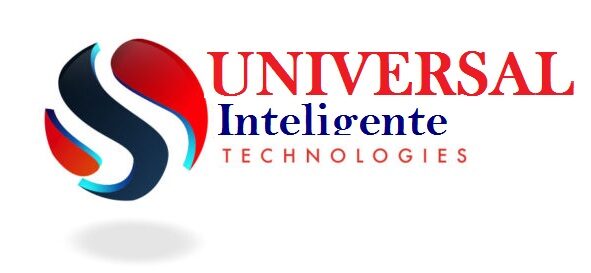The OTT industry has often found it tough to deal with piracy carried out through camcorders. The piracy of DRM protected content using cam-recording can be averted through two video-watermarking solutions: Forensic watermarking and visible watermarking. Through watermarking, one can embed data into digital content that may be extracted when a pirate file is detected even if it has undergone encoding amendments.
A forensic watermark, also known as a virtual watermark, is a code or a set of characters embedded into the digital document, be it a video, audio, picture or software file, which carries information about the unique identity of the content creator/owner. It may also carry the identity information about its authorized user, like it happens in the case of DRM protected content. The success of forensic watermarks in the marked content lies in its completely indistinguishable nature from the non-watermarked counterpart. Any distortion can lead to deterioration of the viewing experience.
Another aspect that matters in the success of a forensic watermark is the amount of payload it can carry. For video watermarking technology to be effective, an encoded video asset should be able to contain information about content owner, IP addresses of the server and the client device, session information, etc. in each video frame.
At the same time, the payload must be robust because a watermarked piece of content passes through a large cycle of distribution all the way to the pirate servers, if it gets leaked at all. The stages include video encoding process, embedding of forensic identifiers to each frame of the encoded content, streaming of the video assets to the target market, capturing and monitoring of leaked content material, and eventually extraction of the embedded identifiers.
On the other hand, a visible watermark distorts the value of the video output if it is too loud and hamper the viewing experience. However, outside of the OTT space, visible watermarking may be of higher value, for example in the files of digital libraries, e-commerce platforms, and digital press. It discourages copying in an obvious way, since the copyright information is right there for everyone to see.

